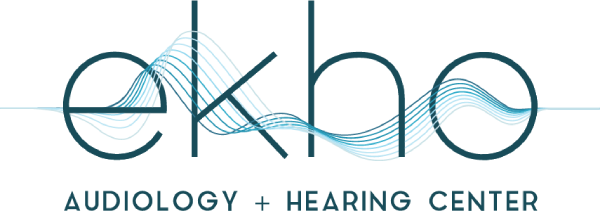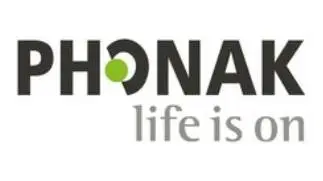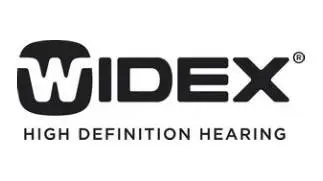
Hearing Aids

Factors to Consider When Choosing a Hearing Aid
No two cases of hearing loss are exactly alike. Everyone experiences sound differently, so choosing the best hearing aid depends on your unique hearing loss, lifestyle, budget, and preferences. While the market offers various levels of technology, hearing aids generally fall into one of four categories: basic, standard, advanced, and premium.
The best way to find the right level of technology for your needs is to schedule a hearing evaluation. This allows your provider to get to the root of your hearing loss symptoms and recommend the optimal hearing aid for your needs and lifestyle.
Types of Hearing Aids
At Ekho Audiology + Hearing Center, we offer a variety of hearing aids to suit your needs and lifestyle. Here are some of the different styles we provide:
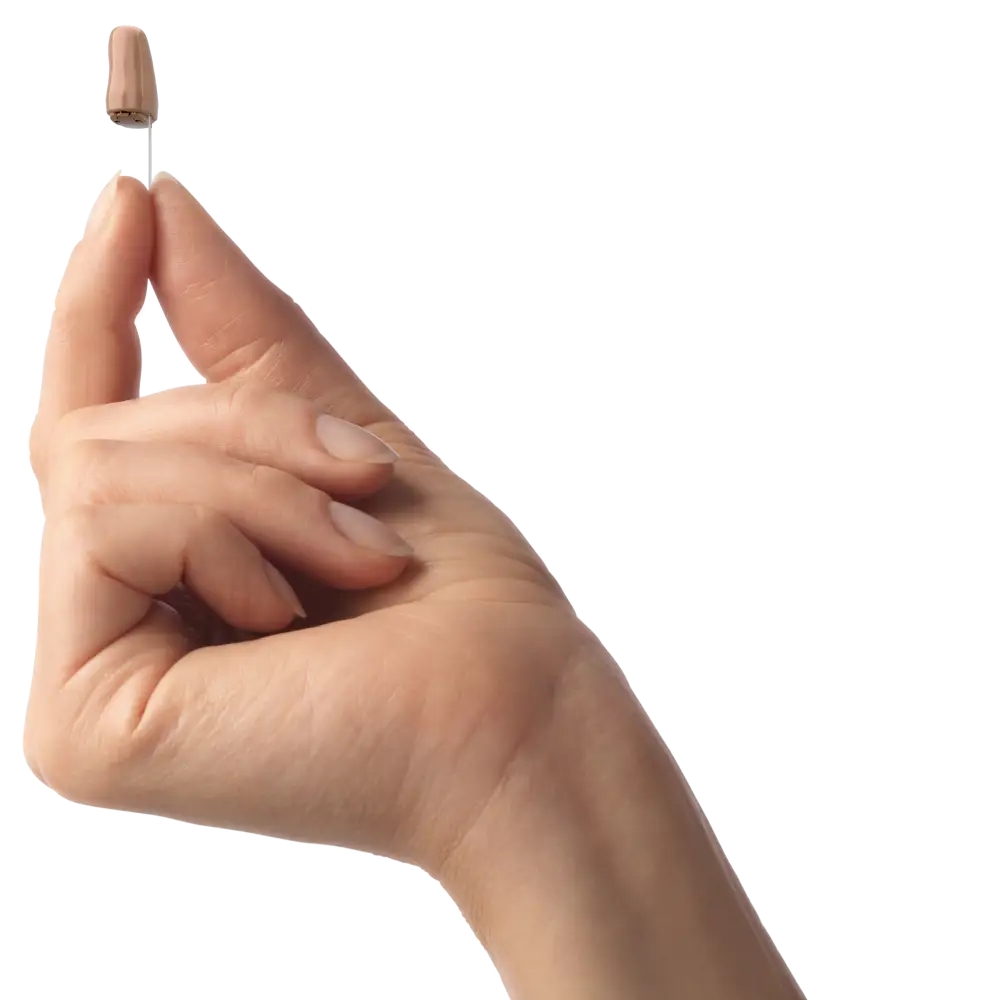
Invisible In the Canal (IIC)
The smallest custom style, IIC instruments sit invisibly in or past the second bend of the ear canal. IIC are specifically designed for mild-to-moderate hearing loss.

Completely in the Canal (CIC)
CIC hearing aids are custom made, small, and fit inside the ear canal, making them almost invisible. They work best for adults with mild-to-moderate hearing loss who prefer a discreet option.

In the Canal (ITC)
ITC hearing aids are comfortable and easy to use. They accommodate a broader range of hearing losses and hearing aid batteries are designed to have a longer life than IIC and CIC styles. Additional features are directional microphones for better understanding in noisy environments.
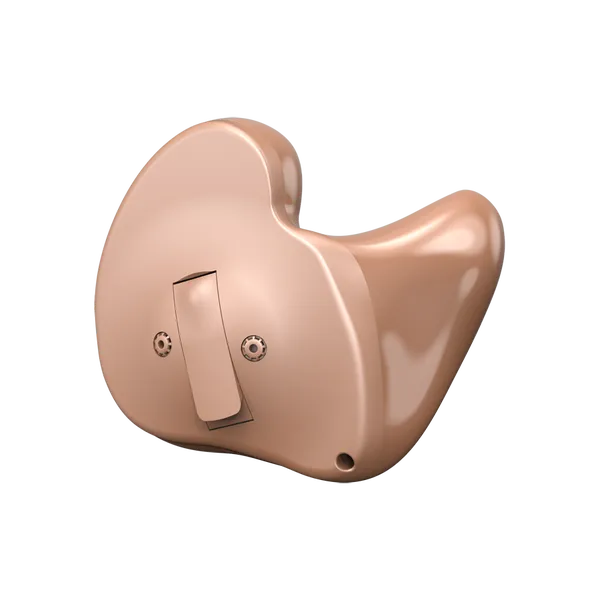
Full Shell or In-the-EAR (ITE)
Full shell models sit flush within the outer ear bowl. Their size accommodates the maximum number of additional controls and features, such as directional microphones, which need space on the outer portion of the device. These models use a larger battery, allowing for a larger receiver with enough power to address even severe hearing losses. Due to their flexibility, audiologists widely recommend them for mild to severe hearing loss.
Receiver in the Canal (RIC)
RIC or RITE (Receiver-in-the-Ear) hearing aids are compact versions of behind-the-ear (BTE) devices. They feature a small speaker placed in the ear canal, which helps produce a more natural sound. These hearing aids are less visible and are suitable for individuals with mild to severe hearing loss.
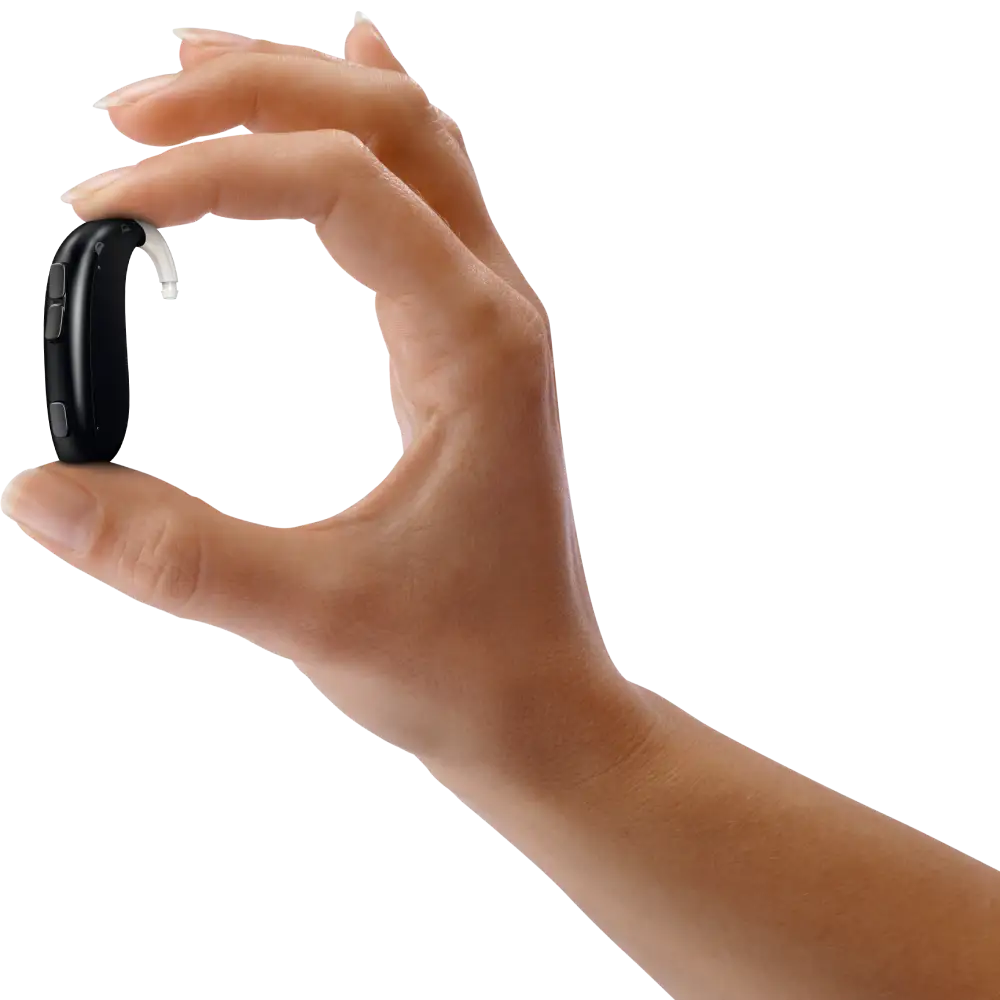
Behind the Ear (BTE)
BTE hearing aids with earmolds are suitable for individuals with a mild-to-profound hearing loss. The longer shape of the hearing aids follows the contour behind the outer ear, allowing them to house multiple features like a program button and volume control. The color and style of the earmold and hearing aid determine the appearance of the hearing aid.
Modern Hearing Aid Features
Hearing aids are small, electronic devices worn to help individuals hear and understand speech. These sophisticated devices have evolved significantly and now include modern features.
Bluetooth Connectivity
Modern hearing aids feature Bluetooth technology, allowing them to connect to other Bluetooth devices. Bluetooth hearing aids enable users to stream audio from phone calls, music programs, podcast apps, and more.
Rechargeable Batteries
For many hearing aid users, handling disposable batteries can be a challenge, particularly for those with dexterity issues. Rechargeable batteries address this concern by eliminating the need for frequent battery changes and spare batteries. Hearing aids with lithium-ion rechargeable batteries offer enhanced convenience, providing a full day of power and the ability to recharge overnight.
Telehealth / Remote Programming
Advancements in technology now allow hearing aid users to have their devices reprogrammed from the comfort of their own homes. This service is especially convenient for those who live far away, are traveling, or may be unwell. Depending on the model of your hearing aids, the process can involve a live-session or uploading the settings remotely to your device.
Artificial Intelligence (AI) + Machine Learning
Today's hearing aids collect data about the various environments where the user engages in conversation or listening. Some of the top hearing aids brands use data to adapt the hearing aids settings and improve them for each user. These features allow for a more personalized and refined sound, helping wearers hear in a wide variety of listening environments.
Brain Learning
When wearing hearing aids for the first time, you may have different emotions about the sounds you hear. This is normal and to be expected.
The goal of the hearing aid is to make everyday sounds audible and comfortable. The sound you hear should be clear and pleasant. Small changes will be made to the hearing aids at your first and subsequent fitting.
It may take some time to adjust to the sounds you've been missing. When you work closely with Ekho Audiology, our goal is to help you experience the full benefits of your new hearing aid.
We are honored to be a part of your hearing journey.
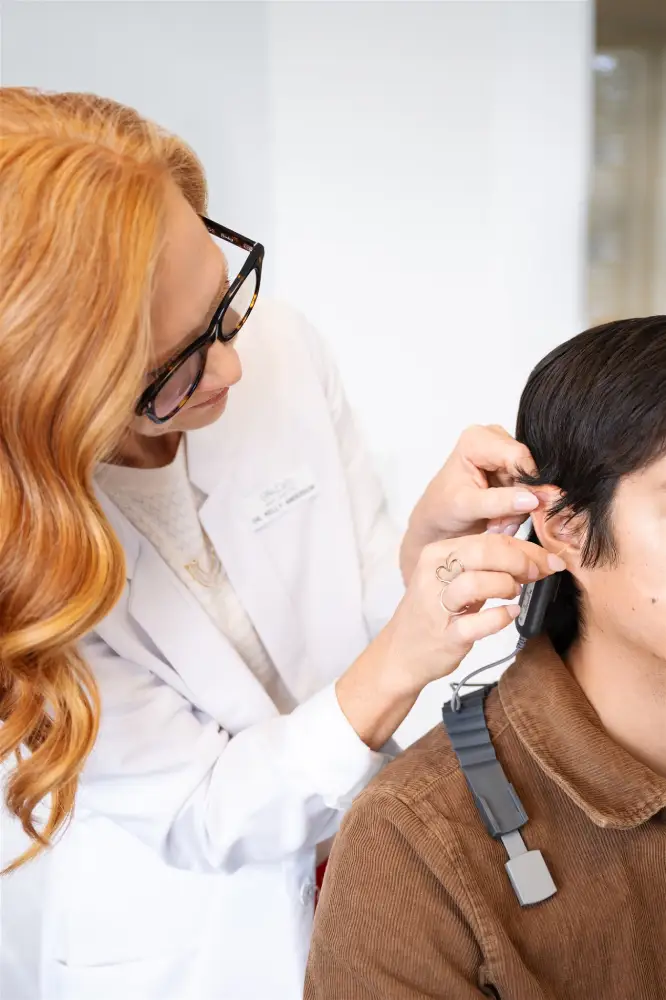
Why Trust Ekho Audiology + Hearing Center?
Ekho Audiology + Hearing Center follows best practices for hearing aid fitting.
We prioritize delivering the highest standard of care to our patients. We use Real Ear Measurement (REM) as a key part of our best practice approach to hearing aid fittings.
This advanced technique allows us to verify and adjust your hearing aids' performance while they’re in your ears, ensuring that you receive the exact amplification prescribed for your unique hearing loss. By using REM, we optimize your hearing aids for improved speech understanding, sound quality, and overall satisfaction.
